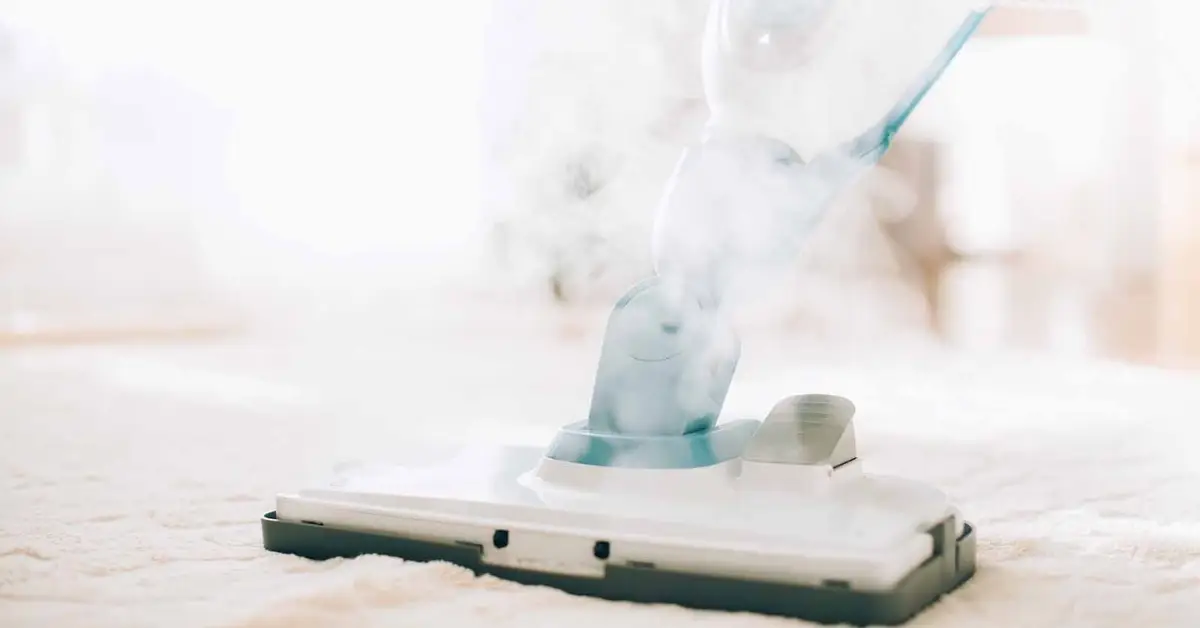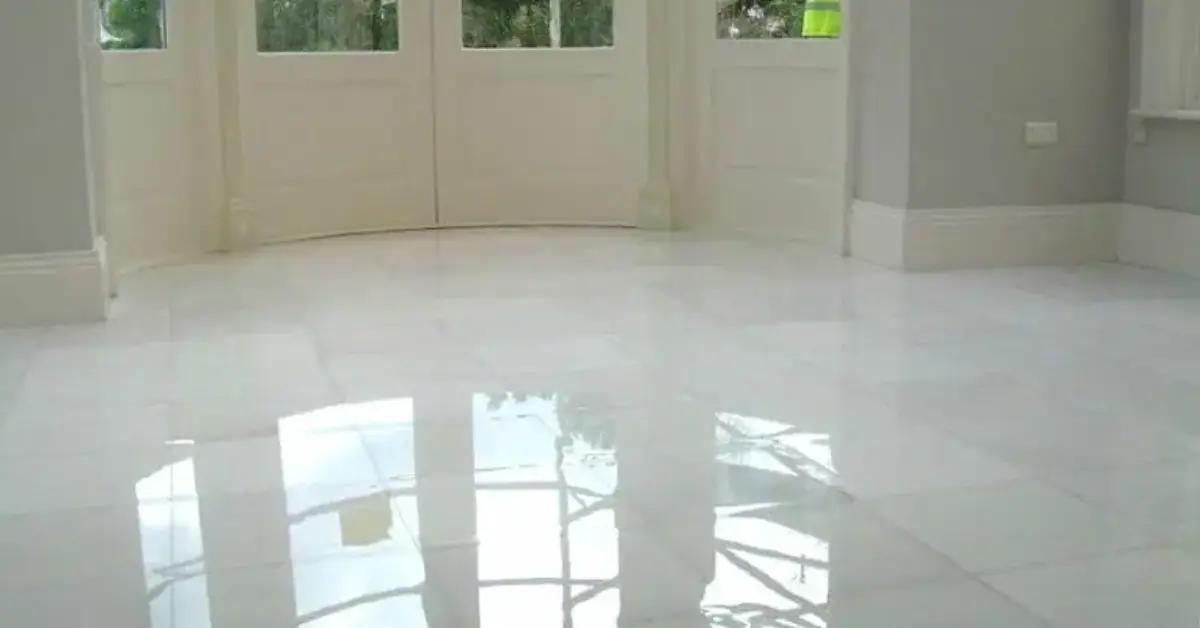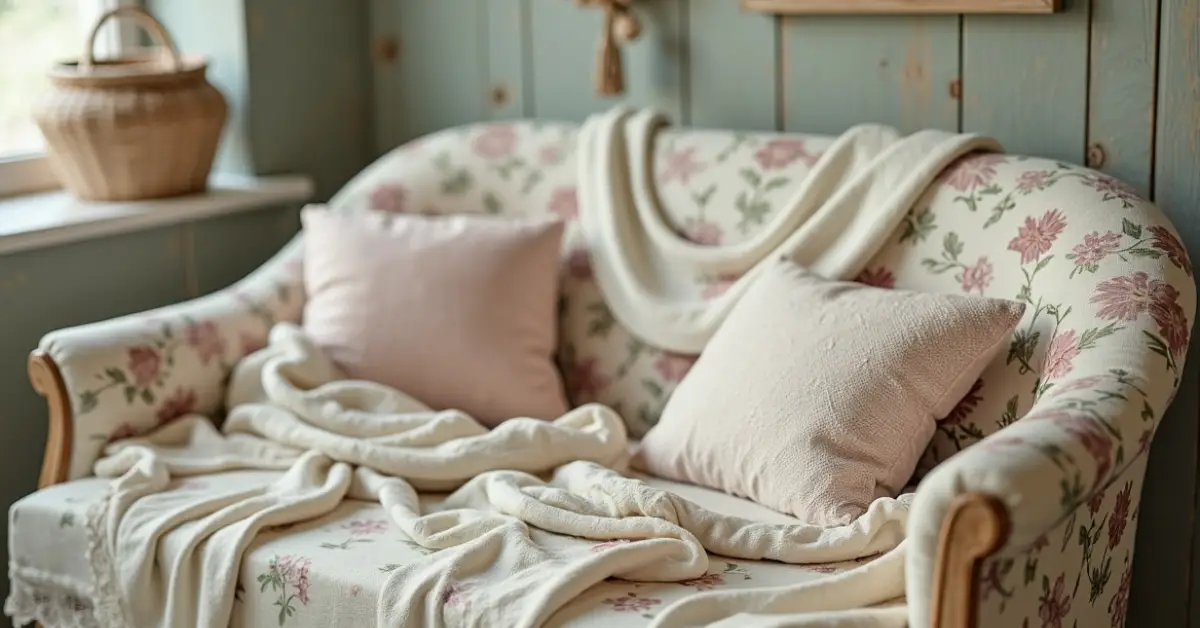7 Things You Should Never Clean With a Steam Mop
I still remember the first time I rolled out my brand-new steam mop. The floor looked dull after weeks of muddy footprints, and I was convinced this gadget would be my shortcut to spotless shine. Within minutes, I could see the steam cutting through dirt, and it felt oddly satisfying — until I noticed the faint, cloudy streaks spreading across my hardwood floor. By the next morning, that sheen I’d hoped for had turned into a patchy haze.
If you’ve ever had that same moment — standing there with a mop in hand, wondering why your “deep clean” made things worse — you’re not alone. Steam mops promise chemical-free cleaning, and in theory, that sounds perfect. But not every surface can handle that much heat and moisture. Some materials soak it up, expand, and warp; others lose their finish entirely.
Over the years, I’ve learned that using a steam mop isn’t just about where you can use it — it’s about knowing where you shouldn’t. And that’s where most of us go wrong. In this guide, I’ll walk you through the seven surfaces that say “absolutely not” to steam, the science behind why they react that way, and what to do instead — so you can clean smarter, not regret later.
Why Steam Mops Aren’t as “Universal” as You Think
I get it — the idea of cleaning with nothing but water feels safe, simple, and even kind of smart. No harsh smells, no slippery chemicals, just pure steam cutting through grime. That’s exactly what I believed too. But once I learned what really happens beneath that glossy surface, my excitement faded fast.
Steam mops sound universal, but they’re not. The temperature can shoot past 200°F, and that’s where the problem starts. Surfaces like wood, laminate, or even paint aren’t built to handle that much heat or moisture. I once saw a homeowner post on a cleaning forum that their vinyl floor “looked spotless in the morning but started bubbling by night.” It’s a classic case of steam doing what it does best — sneaking into cracks and seams you can’t see.
According to The Spruce, steam can easily damage porous materials, loosen adhesives, and strip finishes from things like hardwood, laminate, and furniture. The article explains that even if a surface looks sealed, microscopic openings allow vapor to get inside — and once that happens, the damage is already done.
Before you roll your steam mop across every inch of your home, ask yourself:
- Is this surface fully sealed or waterproof?
- Does it rely on glue or thin veneers?
- Would I be okay using boiling water here?
If any of those make you hesitate, skip the steam. It’s not about ditching your mop — it’s about knowing where it’s truly safe to use.
The Science Behind Steam Cleaning — What Actually Happens at High Heat

Here’s the thing most brands don’t spell out: steam isn’t just warm water. It’s vapor under pressure — hot enough to dissolve grime, but also powerful enough to break down the very materials it touches.
When that vapor hits a cool surface, it seeps into invisible pores and expands. The moment it cools, that trapped moisture has nowhere to go, which leads to:
- Warping or swelling in wood and laminate
- Cracks or dull patches on stone and grout
- Cloudy finishes on varnished or painted areas
I’ve seen this happen firsthand on a test board I used at home — ten seconds of steam left faint rings where the sealant had softened. It’s not dramatic right away, but it adds up.
Understanding that science is the difference between “cleaning well” and “cleaning wisely.” Because sometimes, the smartest cleaning move you can make — is knowing when not to steam.
1. Hardwood Floors — The #1 Steam Mop Mistake
If there’s one surface that suffers the most from steam mops, it’s hardwood. I learned this the hard way — literally. A few months after I started using steam on my living room floor, I noticed faint ridges between planks. They weren’t there before. What happened? Steam had slipped into the tiny seams between boards and swelled the wood from underneath.
Moisture and heat are the two things natural wood hates most. Even a well-sealed floor has micro-gaps, and once steam sneaks in, it expands the wood fibers, causing:
- Cupping or warping (boards curl upward)
- Cloudy patches on the finish
- Sticky or dull sheen as sealants soften
If you love that clean shine, here’s a safer alternative: Use a microfiber mop slightly dampened with a pH-neutral hardwood cleaner. It lifts dirt without forcing water into the grain — and your floors will thank you for it.
2. Laminate & Vinyl Floors — Invisible Seams, Real Damage
Laminate and vinyl are the biggest traps for steam-mop owners. They look durable and water-resistant, but the truth is — that protection only runs surface deep. I’ve seen so many homeowners assume their “waterproof vinyl” could handle steam, only to watch it bubble days later.
Here’s why: Laminate is made of compressed wood fibers with a thin decorative top layer, and vinyl planks use heat-sensitive adhesives to hold seams together. When steam slides over, it creeps beneath those layers and creates pressure pockets that break the bond.
If you’re cleaning laminate or vinyl, skip the heat altogether. Use a barely damp mop and a mild floor detergent, then dry quickly with a towel. Simple, safe, and just as effective without risking delamination or bubbling.
3. Porous Surfaces — Stone, Marble, and Unsealed Grout

Stone feels tough — like it could survive anything — but it’s actually one of the most delicate materials when it comes to steam. I’ve seen granite countertops lose their smooth finish and marble tiles develop dull spots after just a few “deep cleans.”
The reason is simple: stone is porous, and steam forces water deep inside its microscopic pores. When that vapor cools, the trapped moisture causes discoloration, cracking, and mineral breakdown over time. Grout suffers the same way — if it’s unsealed, steam only accelerates its erosion.
As Southern Living explains, high-temperature vapor can dissolve natural stone’s protective layer and leave behind white streaks that are nearly impossible to remove.
If you want your stone to shine, the secret isn’t more steam — it’s more maintenance.
- Reseal natural stone or marble once a year to keep moisture out.
- For everyday cleaning, use a pH-balanced stone cleaner and a soft cloth.
Your floors will keep their natural glow — and you’ll never have to worry about hidden cracks again.
4. Painted Walls, Wallpaper, and Wooden Furniture
I still remember the first time I decided to “freshen up” my hallway with my steam mop. The walls had smudges from kids’ fingerprints, and I figured steam would make quick work of it. Ten minutes later, I was staring at a blistered patch of paint curling off the wall. That’s when I learned the hard way — not everything that looks washable can handle steam.
Steam lifts paint because it softens the bond between the wall and its coating. Even durable paints start to bubble once vapor sneaks underneath. Wallpaper is even trickier — the heat melts the glue behind it, and before you know it, the edges start to peel.
If you need to clean walls or furniture, skip the steam altogether. A slightly damp microfiber cloth and a gentle cleaner will get rid of dust and fingerprints just fine — no damage, no drama.
5. Electronics, Appliances, and Anything with Wiring
This one’s a big safety red flag, and yet, I’ve seen people do it again and again — gliding a steam mop under the oven panel or over the fridge door, thinking it’s harmless. The truth? Steam and electricity should never meet.
Steam is pressurized vapor, not mist. It seeps through vents, buttons, and seals faster than water ever could. Once inside, it condenses into tiny droplets that corrode circuits and short out components. I’ve personally seen a microwave display flicker out and a coffee machine panel stop responding after someone tried to “steam off grease.”
According to Consumer Reports, even a small amount of vapor exposure can void appliance warranties — and manufacturers won’t cover damage caused by moisture intrusion.
Here’s the golden rule:
- Never steam near TVs, ovens, refrigerators, or control panels.
- Keep steam mops far from keyboards, consoles, and charging ports.
- Always unplug electronics before cleaning and use a dry microfiber cloth instead.
You might not see the damage right away — but it’s there, creeping under the surface, waiting to cost you later.
6. Delicate Fabrics, Upholstery, and Antique Items

If there’s one mistake I’ll never repeat, it’s steaming an old upholstered chair that belonged to my grandmother. The fabric looked a little dull, so I gave it a few quick passes. Within seconds, the fibers puckered, the color faded in patches, and that chair lost its charm forever.
Steam doesn’t just clean fabrics — it changes them. It loosens fibers, pulls dyes out of cloth, and warps padding beneath the surface. I’ve seen it dull velvet, wrinkle silk, and flatten textured weaves. And when it comes to antiques, it’s even worse — steam clouds varnish, weakens glue joints, and strips decades of patina in minutes.
If you want to clean fabrics or antiques safely:
- Use a dry microfiber cloth for dusting.
- Spot-clean with a gentle fabric or wood-safe cleaner.
- Always test a small, hidden area first.
Some things deserve a slower, gentler touch — especially when they carry memories, not just dust.
What You Can Safely Clean With a Steam Mop
After everything you’ve read so far, it’s easy to think steam mops are a disaster waiting to happen. But don’t worry — they still have their place. When used correctly, steam can be one of the most effective, eco-friendly ways to clean the right kinds of surfaces.
Here’s a simple breakdown I use at home:
| Safe to Steam | Not Safe to Steam |
|---|---|
| Sealed tile floors | Hardwood (even sealed) |
| Ceramic and porcelain | Laminate or vinyl planks |
| Sealed grout | Stone, marble, or unsealed grout |
| Shower glass and mirrors | Painted walls or wallpaper |
| Stainless steel (from distance) | Furniture, electronics, fabrics |
The golden rule: if it’s sealed, smooth, and nonporous — steam away. If it’s natural, glued, or layered — step back.
And before you start, always check your product manual. Every brand has its limits, and what works for one model can damage another.
Used wisely, steam is your friend — but only when you know where it belongs. If you’re trying to keep your floors looking fresh between deep cleans, you’ll love these 7 simple cleaning tips you’re probably overlooking — they’ll help you cut down on dust and extend the life of your surfaces without needing steam at all.
How to Test a Surface Before You Steam — The 10-Second Rule
This is one of those small habits that can save you big headaches. Before using your steam mop on any new surface, give it what I call the 10-second test.
Here’s how it works:
- Pick a hidden corner — behind furniture or near a wall edge.
- Apply low steam for 10 seconds.
- Let it dry completely.
- Check for changes in colour, texture, or shine.
If you see even a hint of fading, dullness, or lifting, stop right there. That surface isn’t meant for steam.
It’s a quick, one-minute check that protects your floors, your furniture, and your wallet. And it’s a great tip to share — the kind of small wisdom that keeps homes looking newer for longer. And if you want your kitchen to look spotless year-round, check out these 10 must-know kitchen maintenance tips that make everyday cleaning easier — no steam required.
Expert Tips to Extend Steam Mop Life
Just like any appliance, your steam mop needs care if you want it to keep performing well. Most people focus on what to clean — not on maintaining the tool itself. But a little routine after every use makes all the difference.
Here’s what’s worked for me over the years:
- Empty the water tank after each use — it prevents buildup and bacterial growth.
- Use distilled water instead of tap to avoid mineral deposits that clog nozzles.
- Wash or replace pads regularly — dirty pads spread grime instead of removing it.
- Let it cool fully before storing — keeps seals and joints from wearing out early.
- Check your user manual for specific filter or pad maintenance schedules.
While you’re updating your cleaning routine, don’t forget your bedroom — these 6 must-do fall bedroom cleaning tips will make your home feel fresher, warmer, and more organized this season.
When in Doubt, Don’t Steam It
If there’s one rule I live by now, it’s this: just because you can, doesn’t mean you should. Steam is powerful — but it doesn’t belong everywhere. When in doubt, skip it.
If it’s porous, painted, or pressurized, steam will eventually find its way in. The damage might not show up instantly, but it always leaves a mark later.
Your floors, furniture, and finishes will thank you for taking it slow and cleaning smart.
What about you? Have you ever used a steam mop and regretted it — or discovered a clever way to make it work safely?
Share your experiences in the comments below — and explore more home care guides on Build Like New, where smart cleaning meets real-life solutions.
Disclaimer: This article is for general informational purposes only. Always follow your steam mop manufacturer’s cleaning and safety instructions before use. Build Like New is not responsible for any damage caused by improper handling or misuse of cleaning equipment.


